Today we went for a walk to Nara Park to explore the age-old Buddhist temple of Todai-ji (東大寺). Once the most powerful temple in all of Japan, guarded by the fierce Sohei warrior monks, its phenomenal rise eventually forced the Emperor to shift their capital from Nara to Kyoto to stop its growing influence.
After a long week of dull cloudy days, the sun was finally shining through. It was a Monday and I was hoping the crowd would be less compared to the weekends. The last time we were at the park, it was late in the evening and the temple hall had closed down for the day. Shrines and temple in Japan close down early around 5/5.30 pm depending on the season. The last entry time is generally around 30 minutes before closing time.
Mani & I walked down to Todai-ji along the route from Nara University. The lanes on this route are much peaceful compared to the regular thoroughfare via Kofuku-ji. The narrow lanes lined with vintage wooden houses adds to the nostalgia. After walking for about 10 minutes, we were at the Daibutsu-ike pond.
Nandai-mon Gate of Todai-ji
A few paces beyond the pond, we took a right turn to reach the Nandai-mon Gate – a large wooden gate watched over by two fierce-looking Asuras. Eighteen giant pillars, each of 21 m height, support the roof with the entire structure rising to about 25 meters above the stone plinth on which it rests. The Nandai-mon Gate is the largest temple entrance gate in Japan, complementing perfectly in scale to the huge Daibutsuden (Buddha Hall).
The original structure erected during the Nara period was destroyed by a typhoon in the Heian period (794-1185). The present gate, which dates to the Kamakura period (1185–1333), was reconstructed by Chōgen, the monk responsible for restoring Tōdai-ji, at the end of the twelfth century. The ridgepole was raised in 1199 and the structure was completed in 1203.
The Nio statues, positioned on either sides of the gate, were carved sometime in the 13th century by the sculptors Unkei and Kaikei. It is said they took only 69 days to carve out these immensely detailed wooden statues. The massive statues are about 8.4 meters in height and look particularly impressive at night when they are illuminated.
The statues represent the Nio Guardian Kings. Known as Kongo Rikishi , the statues, one with mouth open, the other with mouth closed, are said to represent life and death. In Indian mythology, these two guardian kings are referred to as Vajradharas or thunderbolt holders. I have researched in more detail about the history of Nio Guardians. You can read all about it here.
The 7m-tall wooden kongorikishi statues at Tōdai-ji in Nara were made by Busshi Unkei in 1203.
Just beyond the Nandai-mon, you can find the entrance gate to the main grounds of the temple. This gate however is opened only on special festive days. To enter the compound you have to take a left turn to the corner where you will find a smaller door that leads to the admission ticket booth inside.
Kagami-ike
Beside the gate, you can find the beautiful Kagami-ike pond. The pond features a tiny green island. On the island there’s a small shrine dedicated to three female kami, protectors of fishermen, called Itsukushima. The name of the pond implies its a mirror, and at a certain angle you can see the reflection of Todai-ji in the pond.
From the pond, we made our way towards the admission booth that lies inside the outer compound. The tickets cost us ¥600 per person. After buying the tickets, one has to go past a narrow gate, beyond which you will find a black Urn semi-filled with ashes. Three troll like creatures hold up the urn on their shoulders.
There is a small rectangular box adjacent to the urn called the saisen-bako, where you can drop some money that goes towards the upkeep of the temple grounds. You should avoid throwing your offering so as not to appear disrespectful. While it is less about the amount of the offering than the sincerity of your prayers, Japanese superstition dictates that certain yen amounts bring good or bad luck. Beside the donation box there are bunches of incense sticks. You can light up a few before offering your prayers.
The five-yen coin is considered a good choice for donation because it sounds like ‘go-en’, the Japanese word for luck. The ten-yen coin, however, is considered unlucky despite being worth twice as much because it sounds like ‘tou-en’, which means that your luck will be far away.
Standing at the urn and looking towards the Great Hall is a grand sight. Pictures cannot convey the feeling I had as I gradually started walking towards the main hall. I felt like a tiny tiny person.
Todai-ji’s grounds are spacious. Within the precincts of the temple are an array of other buildings in the hills, including halls and storehouses that spread over a big part of northern Nara Park. Visitors are not allowed to wander into these areas. As you walk towards the main hall, you will find a small structure to your right where you should wash your hands. It is not necessary but recommended.
Todai-ji’s main hall, the Daibutsuden (Big Buddha Hall) is the world’s largest wooden building.
Origins of Todai-ji
Buddhism might have its roots amidst the overwhelming Himalayas, it might have bloomed in the Indian districts of Gaya, but ultimately it found its home in the beautiful islands of Japan, specially in this small part of Nara.
The name Todai-ji literally means giant temple east of the capital. It served as an institute of higher learning for monks and as the headquarters of Kokubunji temples established by Emperor Shomu across the nation to propagate Buddhist teachings.
The reign of Emperor Shōmu extended from 724-749 CE. It was marked by several attempted coups and rebellions, as well as natural disasters and epidemics. Towards the later stages of his reign, he tried to be a virtuous ruler. He was inspired by his wife, who opened medical clinics and cared for the needy. He began to believe that Buddhism could bring protection, peace, and prosperity to his people.
There’s a document that verifies that a decision was reached by the emperor in 734 after he’d been worrying greatly about his leadership. Around that time, many people had starved to death after a series of natural disasters, including drought, famine, and a major earthquake. Such was the anarchy that people stole from one another to survive.
In 741, Emperor Shōmu issued an edict that said every province should have a monastery and nunnery. The system of monasteries was known as Kokubun-ji. In 743, the he announced plans to build a huge statue of Vairocana, the Cosmic Buddha.
History of Todai-ji
Todai-ji is the headquarters of the Kegon sect of Japanese Buddhism and Vairocana Buddha is considered by followers of the sect to be the spiritual body of the historical Buddha – Gautama Buddha or Sakyamuni. Construction of the Great Buddha began in 743. The 53-foot-high bronze statue was cast in eight stages. It included 500 tons of ornamentation made of copper, tin, lead, and gold. The casting process used up all the copper in the Japanese archipelago. The chief sculptor, Kuninaka no Kimimaro, was the son of a Korean immigrant.
Did you know: An artist named Kuninaka no Kimimaro led the original Daibutsu construction project
The vast temple was constructed as a symbol of imperial power and took over 15 years to complete. Once the casting was completed in 749, Shōmu gave up the throne and became a Buddhist priest.
The Daibutsu, or Great Buddha, was more than 60 feet high and included three million pounds of metal covered with gold. The original temple hall is said to have been even more spectacular. It is said that the original was 86 meters wide, so 29 meters wider than the current building. It incorporated a blue-tiled roof, white walls, and lacquered pillars. Built in the style of a Chinese palace building, the main hall had enormous red columns along with a yellow ceiling, green window frames, and a black tile roof. Two 90-meter-tall, seven-story pagodas stood at opposite ends of the from the hall. Both were destroyed over a period of time. The Great Buddha Hall was finished in 751 CE.
Fact-file: Its hard to imagine that Daibutsuden is now only two-thirds of its original size. Wonder how huge it was originally
The construction of Todai-ji and the bronze Buddha used up extensive amount of bronze, and by the time it was completed in 749, it had used up all of Japan’s bronze resources.
The Great Buddha and Tōdai-ji temple were consecrated in 752. The “eye-opening” ceremony was attended by visitors from the Asian continent. The 17,000 attendees included monks and nobles from Japan, as well as monks and dignitaries from China, Korea, and India. Of course, the reigning Empress Kōken was there. So was her father, the retired emperor Shōmu.
Though it was originally founded in the year 738 CE, Todai-ji was not opened to public until the year 752 CE.
Just before you enter the temple, you will find the Octagonal Lantern in the style of a Tachi-gata. The lantern dates from the time of the founding of Todai-ji. The distinctive large fire chamber (hibukuro) is covered with a sloping roof (kasa) surmounted by a jewel finial (kurin). It rests upon a stone base surrounded by small stone posts emanating from the pedestal. Eight panels makeup the fire chamber, ornamented with celestial musicians. The lantern contains four pairs of hinged doors decorated with lions running across clouds.
If you look closely you can find on one of the panels a representation of Krishna, a Hindu deity, playing his flute.
Myths surrounding Todai-ji
There are a number of mythical tales surrounding Todai-ji. I will share one of the interesting ones that is mentioned in the 12th century, Konjaku monogatari shu, a collection of folklores.
The story goes like – after Todai-ji was completed, Emperor Shomu desired to hold a dedication ceremony to consecrate its new statue of Buddha. A monk from India known as Baramon was asked to serve as the lecturer at the dedication ceremony. The priest Gyoki and the Emperor were still deliberating on who will read the sutras. Gyoki, himself being a monk of high regard, who became a monk at Asuka-dera, a temple in Nara, at the age of 15 and studied under Dōshō as one of his first pupils.
One night in his dreams, the Emperor was visited by a heavenly being and was told that someone will show up in front of the temple on the morning of the dedication ceremony. Whether he be a priest or a commoner, he or she should be the reader.
The next morning, the emperor confided in Gyoki, his dream and they sent a messenger to the gate of the Temple at dawn in front of the gate of the temple. It so happened that an old man came along, carrying on his back a bamboo basket filled with blue mackerel.
The emperor firmly believed in his dream and asked the old man to be dressed in religious robes and serve as the reader of the sutras. The old man protested that he just a fishmonger and not qualified for such a task. The emperor however would not accept his refusal.
Did you know: 2.6 million people were employed to construct the original Daibutsuden wood building
When the dedication ceremony started, the emperor had the fishmonger take a seat on the dias, beside the lecturer. The babboo basket with th fish was kept on the east dide of the hall. When the dedication ceremony ended, the fishmonger suddenly vanished into thin air. The emperor was not surprised at this as he had expected something miraculous to happen because of his dream. He asked his attendants to check the bamboo basket whis was still there. To their surprise, theu found eighty volumes of the Flower Garland Sutra in place of the mackarel. The local folk to this day beleive that the Buddha hiself had appeared to see through the ceremony.
It was March 14, 752 CE. From that day on, the emperor designated that day for an annual religious service called the “Flower Garland Sutra” service. And so the story was passed on through the ages.
At the entrance to the main temple building that houses the massive Daibutsu, lies another urn where you can light incense sticks and pray before entering. We paid our respects in front of the incense burning urn before entering the ancient building.
The massive building is somewhat darker inside with a pleasant smell of the incense. Inside lies one of Japan’s largest bronze statues of Buddha. The 15 meter tall Buddha represents Vairocana and is flanked by two Bodhisattvas.
After achieving enlightenment in what is now the small town of Bodh Gaya in Bihar, northern India, Buddha sat for a week in deep meditation and it is this pose that is represented in the giant statue. The current sitting Buddha statue is 72 feet high, weighs over 550 tons, and is covered with almost 130 Kg of gold.
To build such a large statue and buildings, workers had to dig down 2.5 meters over a 90 meters by 60 meter area, larger than a football field – just to find firm ground. Concrete-like layers of clay, ballast and sand were then placed on the firm ground similar to how the foundations of the Great Wall of China was built.
The Todai-ji Buddha has been severely damaged over the years. In one such instance in the ninth century, its head was knocked down during an earthquake. On two separate occasions, first in 1180, and again in 1567, its right hand melted in a fire that also ravaged the temple. The body of the statue was reconstructed in 1185, and the head rebuilt in 1692. The present statue is said to be only two thirds the size of the original.
Todai-ji’s Indian Connection
Todai-ji also has a strong connection with India, my home country. At the time, the Great Buddha and the Todai-ji were erected, many Indian monks were residing in China, teaching Dhamma and translating Buddhist scriptures into Chinese. In 730 CE the Japanese envoy to the Chinese court, met Bodhisena, a Buddhist monk from south India, and invited him to visit Japan.
After a long journey, Bodhisena and his fellow monks arrived in Osaka and later moved to Nara in the year 736. The monk Bodhisena helped spread the use of Sanskrit and establish Huayan Buddhism in the country. On the invitation of Emperor Shomu, when the temple was inaugurated, Monk Bodhisena took a huge brush and filled in the pupil of the eyes of the Great Buddha.
To the left and right of Buddha lies an image of Nyoirin Kannon; one of the 33 forms of Kannon (Guānyīn/ Avalokiteśvara, the bodhisattva of compassionate mercy). Nyoirin Kannon, the bodhisattva of the jewel and the wheel, presides over the six realms of karmic rebirth. The statues were added in the Heian period. These eighth-century statues at Todai-ji can be considered undisputed landmarks in the development of Japanese sculpture.
Here in a corner you can find a replica of the golden horn-shaped decorative roof piece that adorns the roof of Todai-ji, known as Shibi. These tail-shaped roof ornaments were first used in China, and became popular in Japan in the Asuka and Hakuhō periods (552 – 710).
They were positioned on the main ridge of temples and palaces, and were thought to provide protection against fire. Japan’s oldest Shibi can be found at Tōshōdaiji Temple in Nara and are dated to the 8th century.
As we walked towards the back, in the clockwise direction, there lies two towering 30-foot-high wooden statues of warriors. The first one we approached was the Kōmokuten (広目天). He is referred to as the King of the West. He is a Hindu deity incorporated into Buddhism as one of the four Shintennō, a group of fierce-looking guardian deities who protect the four cardinal directions of Buddha’s realm. The four are typically placed around the central deity on Buddhist altars. Kōmokuten protects the western quarter. Like the other members of the Shintennō group, Kōmokuten is typically dressed in armor and stands atop a demon.
The Kōmokuten are generally depicted holding a writing brush in right hand and a sutra in left – symbolizing the power of Buddha’s teachings to overcome ignorance, evil, and all obstacles.
On the other corner of the hall lies the Tamon-ten (多聞天). He is said to be the most powerful of the four Shitennō, with the other three serving as his vassals.
Tamon-ten protects holy places and places where Buddha expounds the teachings. He is generally depicted carrying a pagoda-shaped treasure house in his right hand (from which he gives wealth to only “the worthy”) and holding a spear with his left hand to ward off distractions. He is also believed to have a deadly dragon breadth which is why he always stands with his mouth shut.
In-between the two statues, towards the back of the Daibutsuden Hall, several detailed miniature models of the former buildings are on display.
Another popular attraction inside the hall is a pillar with a hole in its base. It is said that those who can squeeze through this opening will be granted enlightenment in their next life. Quite a few kids were going through in there. I had no chance but I did notice some adult Japanese trying their utmost and succeeding.
We went around a full circle around the Buddha statue and came up to the exit. Several souvenir shops can be found near the exit where they sell charms, hand-beads and other souvenirs.
Outside the hall, to the right of the temple is a wooden statue of Binzuru Pindola Bharadvaja, seated in the lotus position. One of 16 Arhats designated by the Buddha Sakyamuni at his death to keep spreading his teachings. There is a belief that the statue has a gift of healing. if one touches a part of the Pindola in the same part of his body where they have any health concern, it would get cured right away.
On a lighter note, because of its positioning, you cannot reach the back of the statue, so people with back problems can stay away!
According to local stories, one day, the Buddha asked Binzuru to visit a wealthy man whose family was plagued by evil spirits with simple instructions to exorcise the spirits. Binzuru banished the demons in the house. The wealthy man, being grateful, wanted to celebrate. After repeated offers of the drink, Binzuru capitulated to have one as not to be rude to his host. It was not long before he was all drunk and the spirits returned.
Buddha, hearing of this, banished Binzuru from his company. Binzuru, filled with regret, followed the Buddha around the country and sat outside the Buddha’s tent to hear his sermons. On his deathbed, Buddha, acknowledging his loyalty, called for Binzuru and forgave him. He commanded Binzuru to remain in the world as a healer. Binzuru thus always sits outside the temple, so people come to him to ease their suffering.
As we walked out, I noticed many omikuji tied along wooden posts. The omikuji are random fortunes written on white strips of paper at Shinto shrines and Buddhist temples in Japan. When people receive a negative forecast they tend to tie the omikuji at the temple to ward off the negative fortune.
It was truly a memorable experience visiting Todai-ji. I may not be a religious person but I love the wonderful tales these historic places tell.
We wandered around Nara Park all day spending some time at the Kasuga Taisha. The area also has some wonderful restaurants where you can indulge in local delicacies. In the evening, we went down to Ukimido to capture the lovely pavilion in the vivid colors of sunset. Once it was dark and the street lights began to come on, surrounding us in a romantic light, as we walked back towards the city.
I went back to Nara Park various times to capture the heritage site during the night. During these late hours, visitors are comparatively much fewer and it is easier to photograph these mesmerizing structures.
Todai-ji at Night
If you can come back in the evening, the park looks completely different. Late in the evening, the temple grounds close, but the gates around the park are brightly lit up. Apart from one or two people, the area is generally devoid of tourists. With no tourists around to feed them, the deer wander away down to the meadows to graze. This is the Nandai-mon Gate at night.
Past the Nandai-mon Gate, I took some more shots of the main temple entrance gate.
A few paces to the east, the Todai-ji was also looking beautiful overlooking the Kagami-ike pond. It is because of this beautiful reflection on the surface of the pond that gets its name Kagami-ike or ‘mirror lake.’
You can find more pictures of the Todai-ji temple when I visited it on New Year’s Eve when the main hall is opened to the public even during the night.
Apr – Oct : 7:30 – 17:30
Nov – Mar : 8:00 – 17:00
Adult ¥600
752 CE
Emperor Shomu
Disclaimer: The information presented in this article is based on the time I visited the premises. Note that there might be changes in the prices of merchandise and admission fees that might have occurred after this article was published. At times the facility might also be closed for repairs or for variety of other reasons. Kindly contact the facility or facilities mentioned in this article directly before visiting.
Usage of this site indicates acceptance of my Terms and Conditions.
Credits: The historical information presented herein is gathered mostly from local guides that were re-inforced via historical writings.
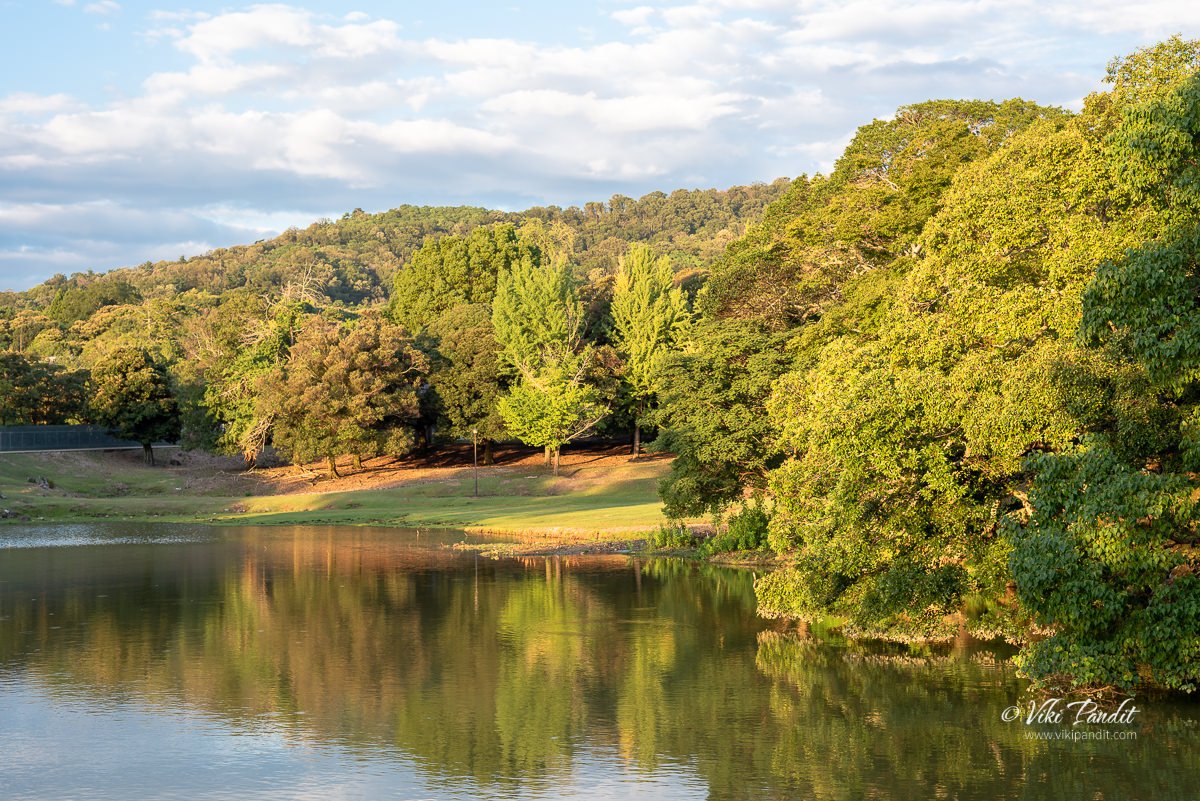

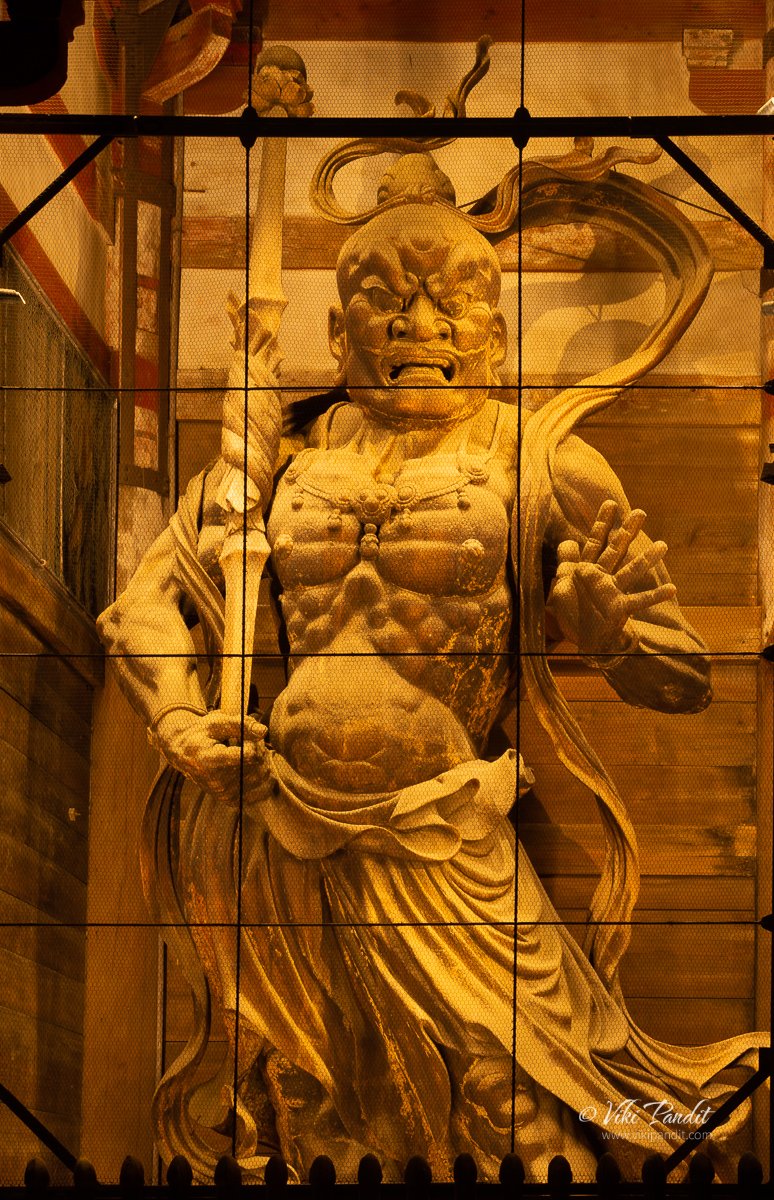
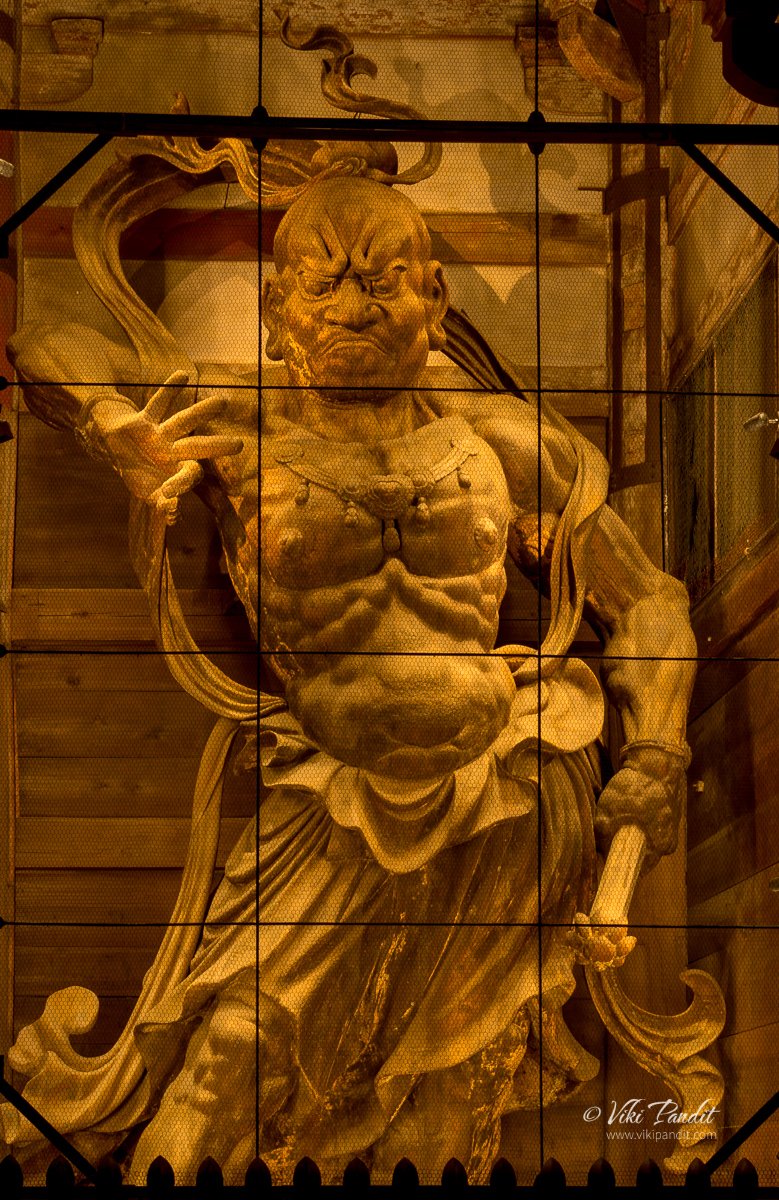



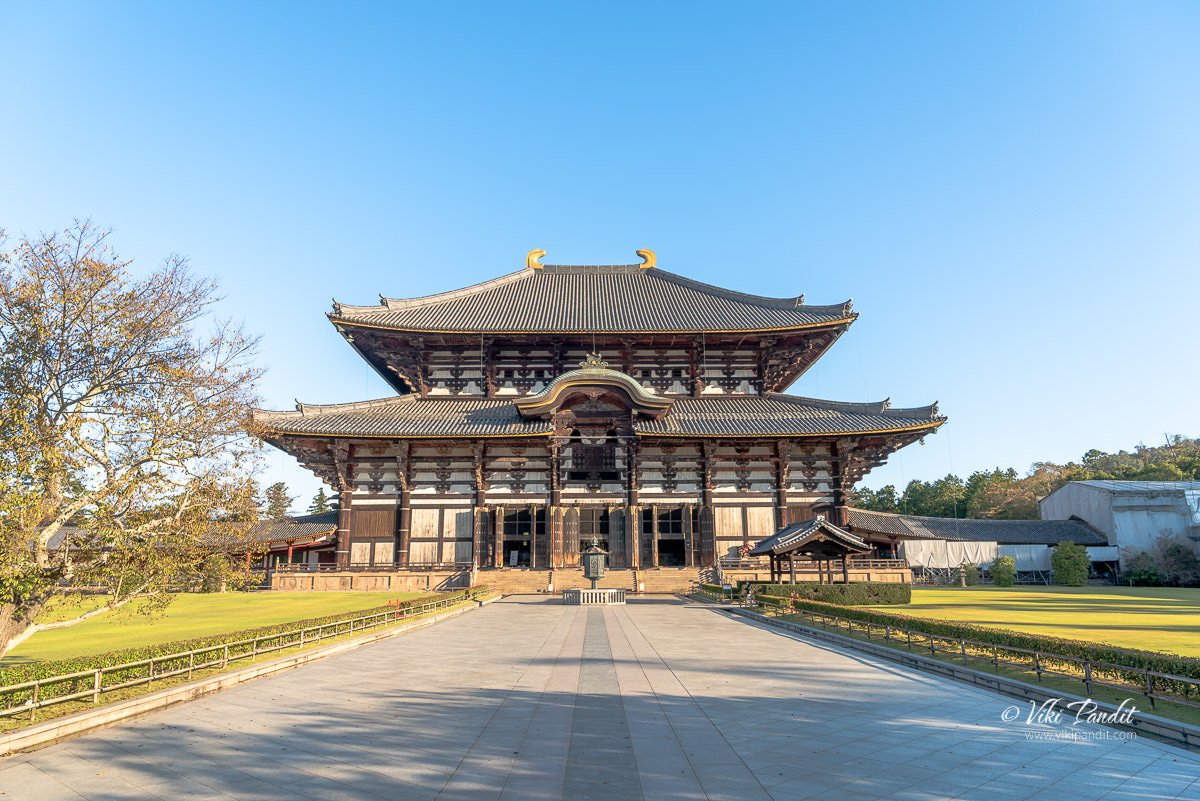

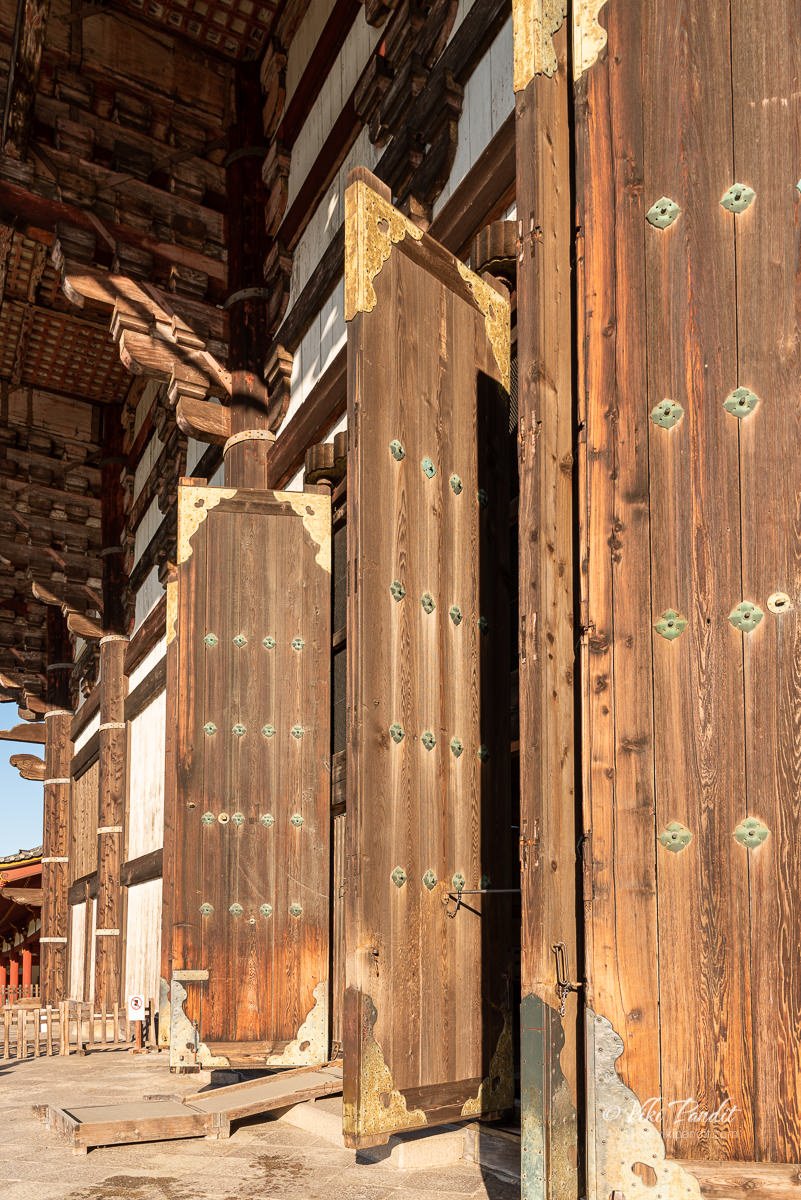

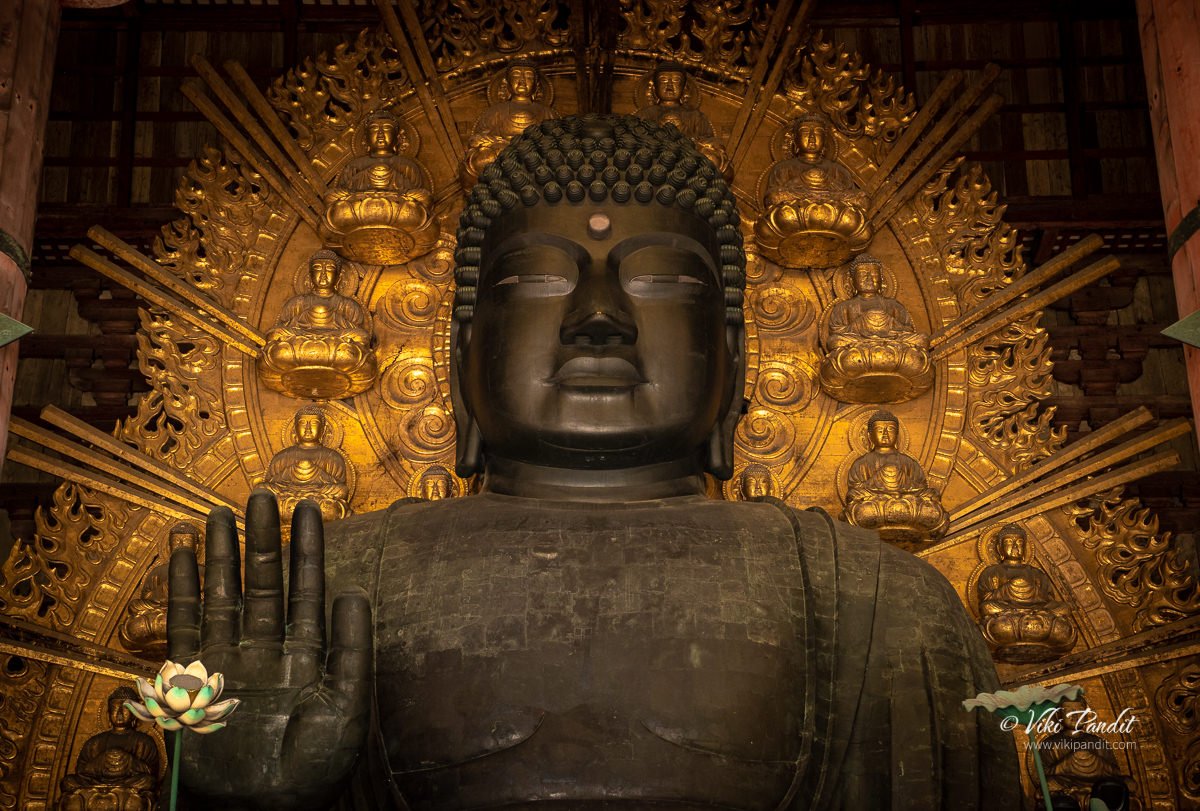



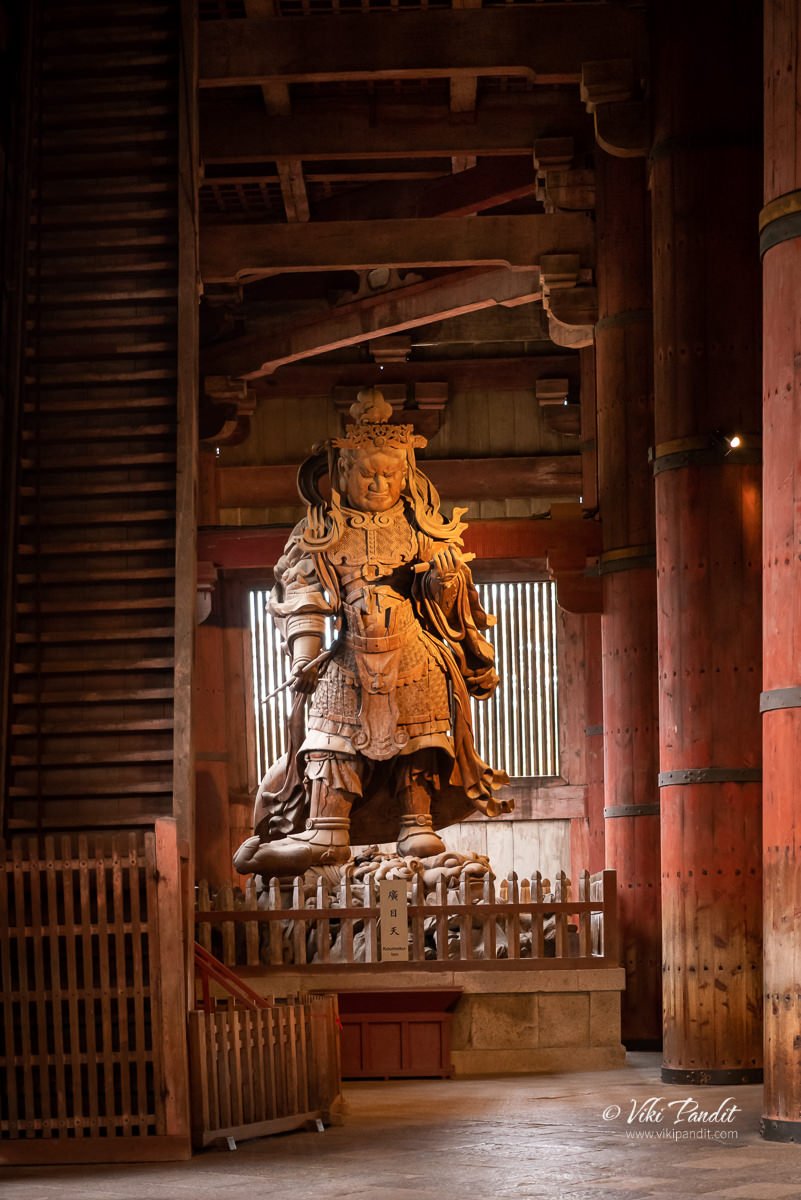
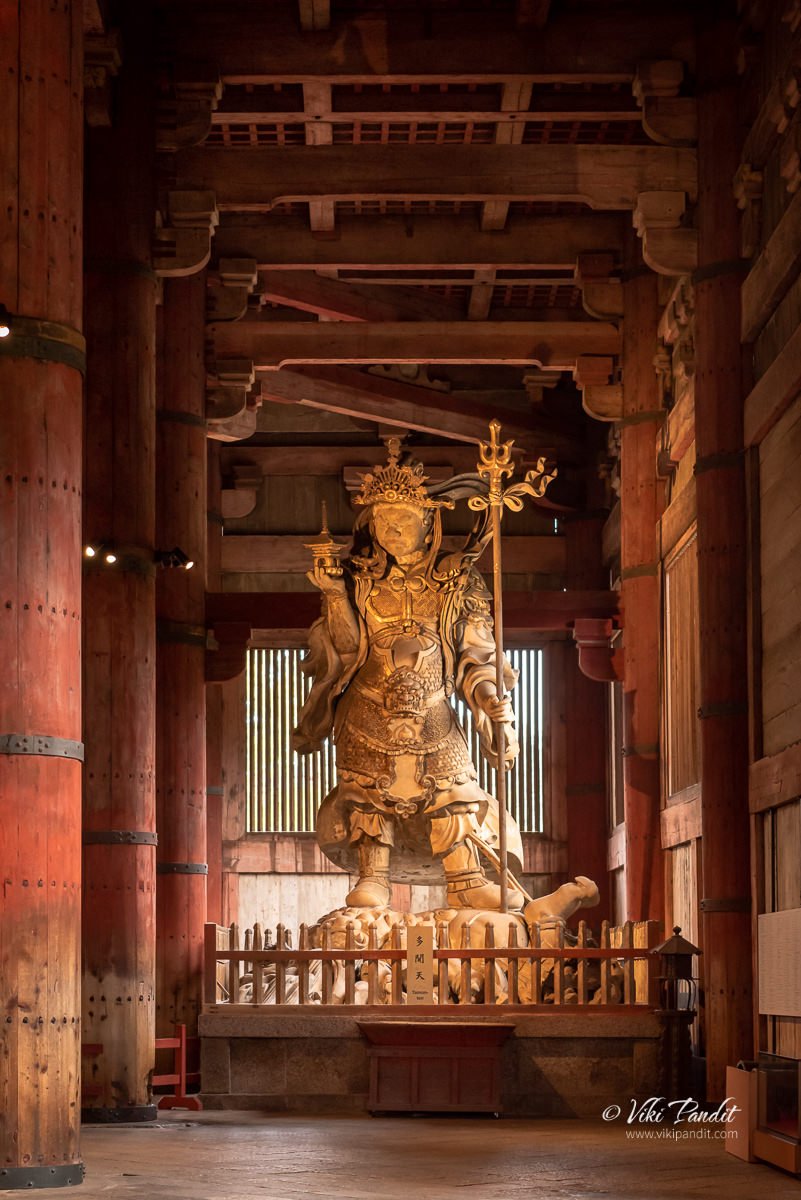
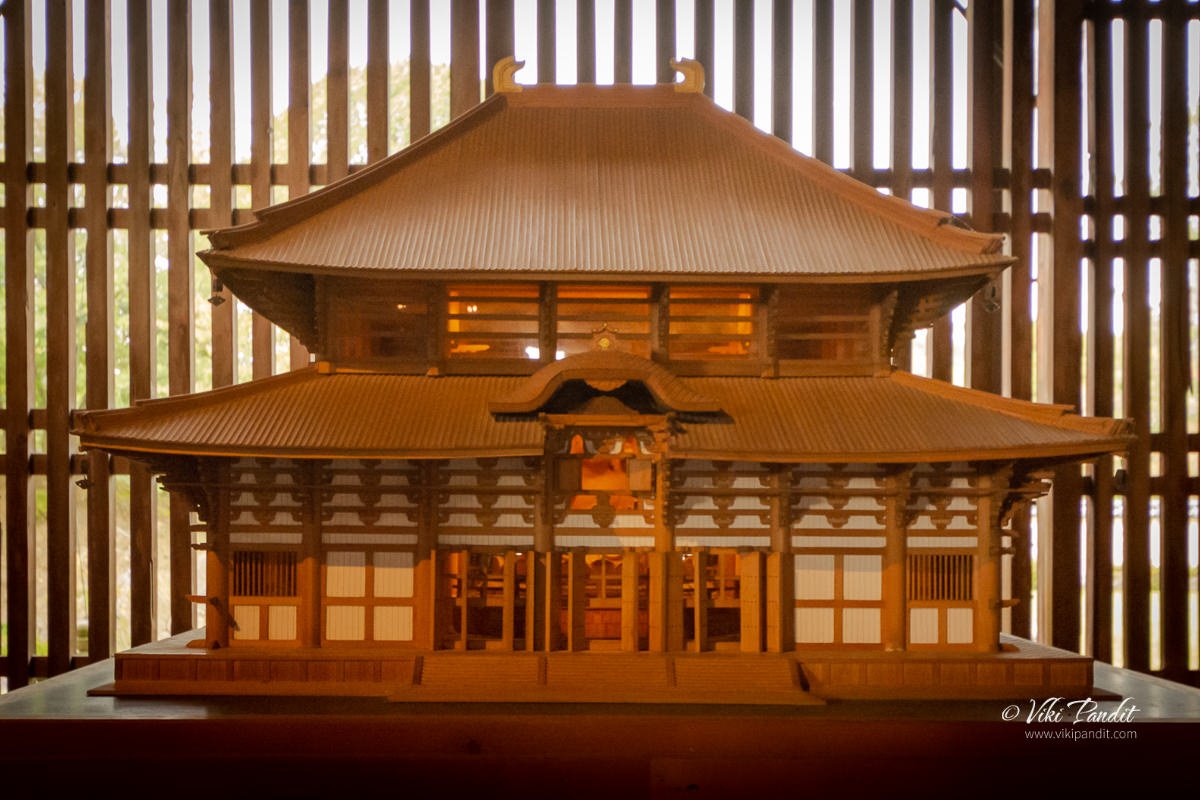

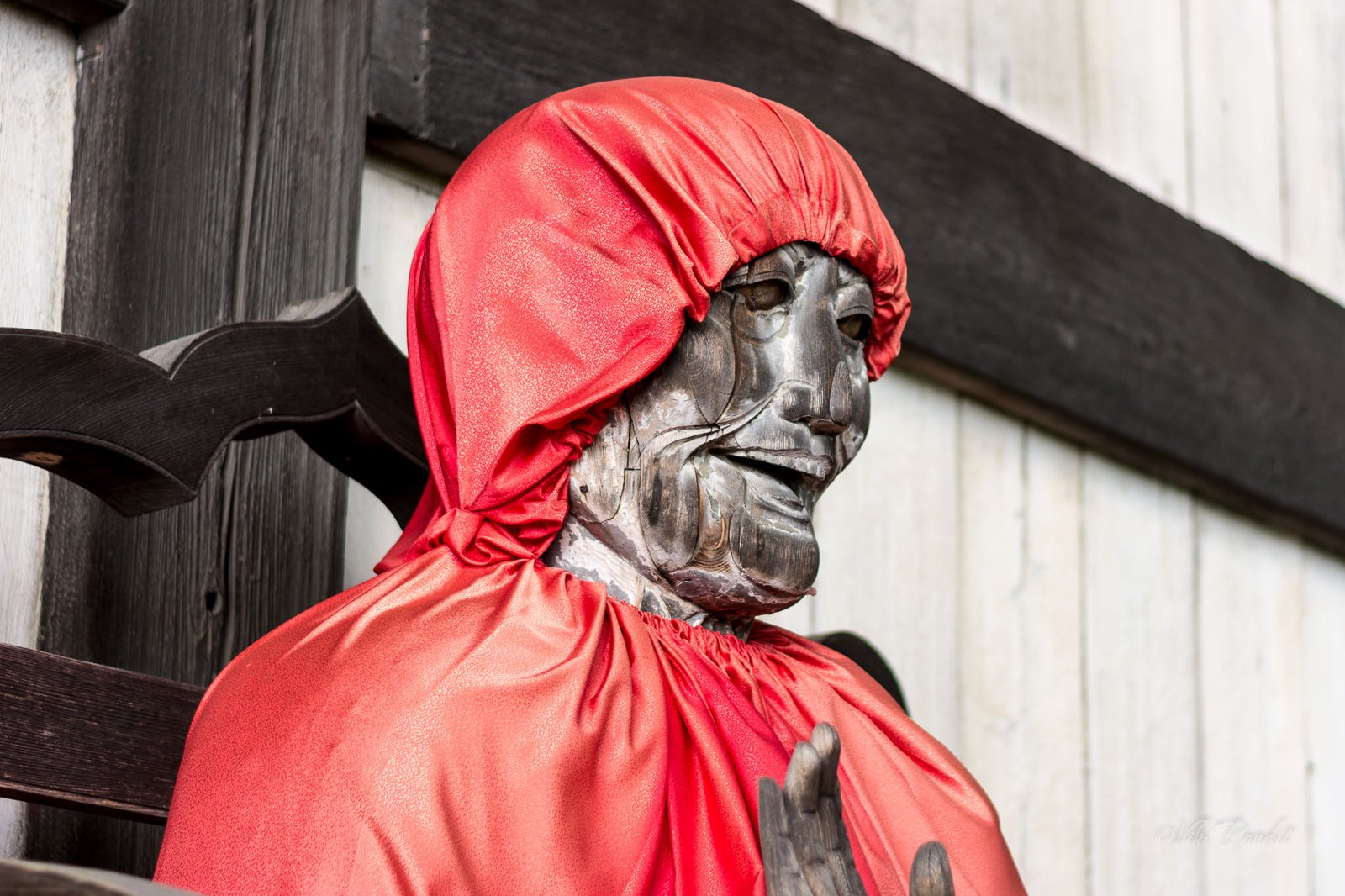

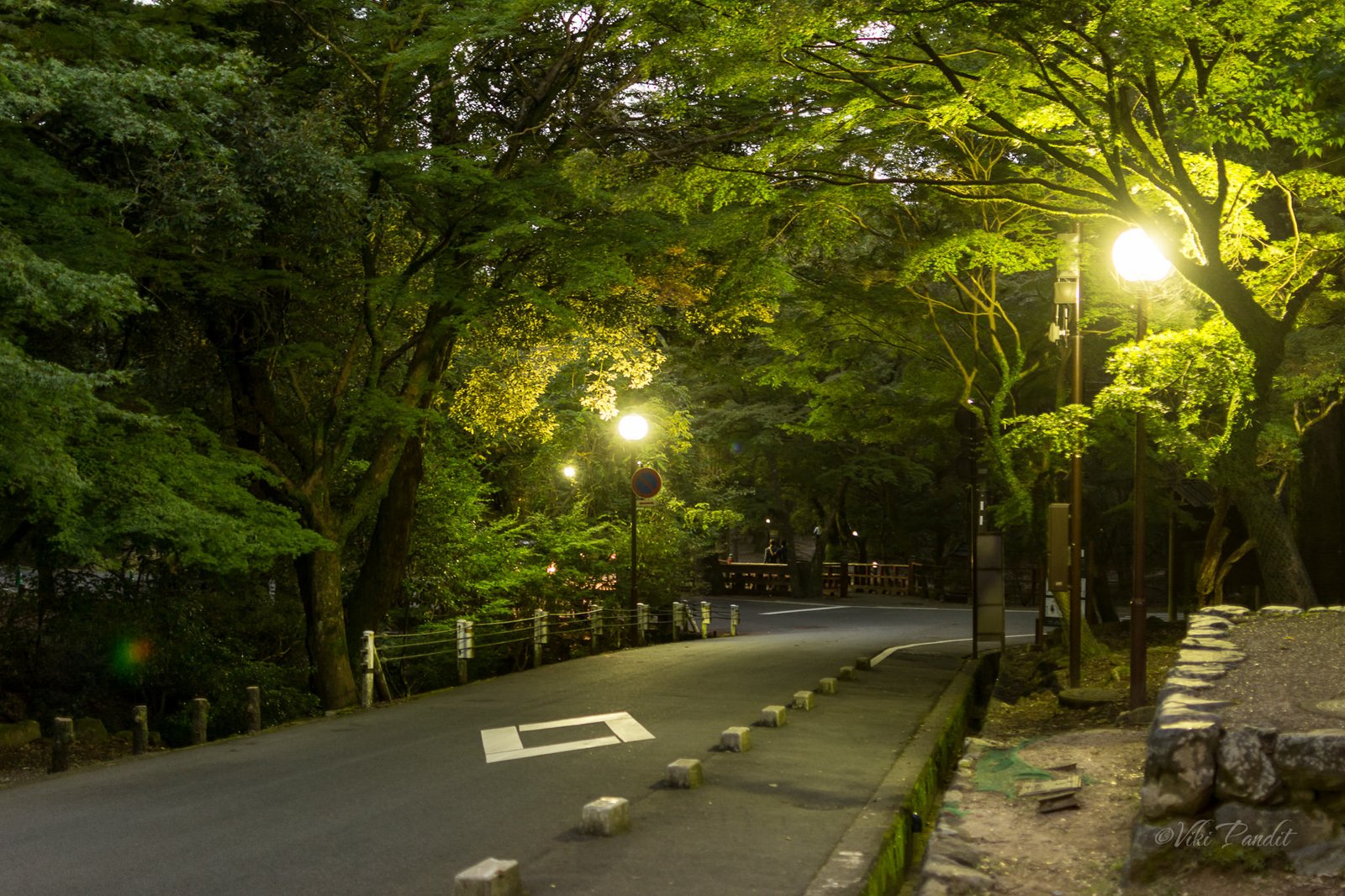
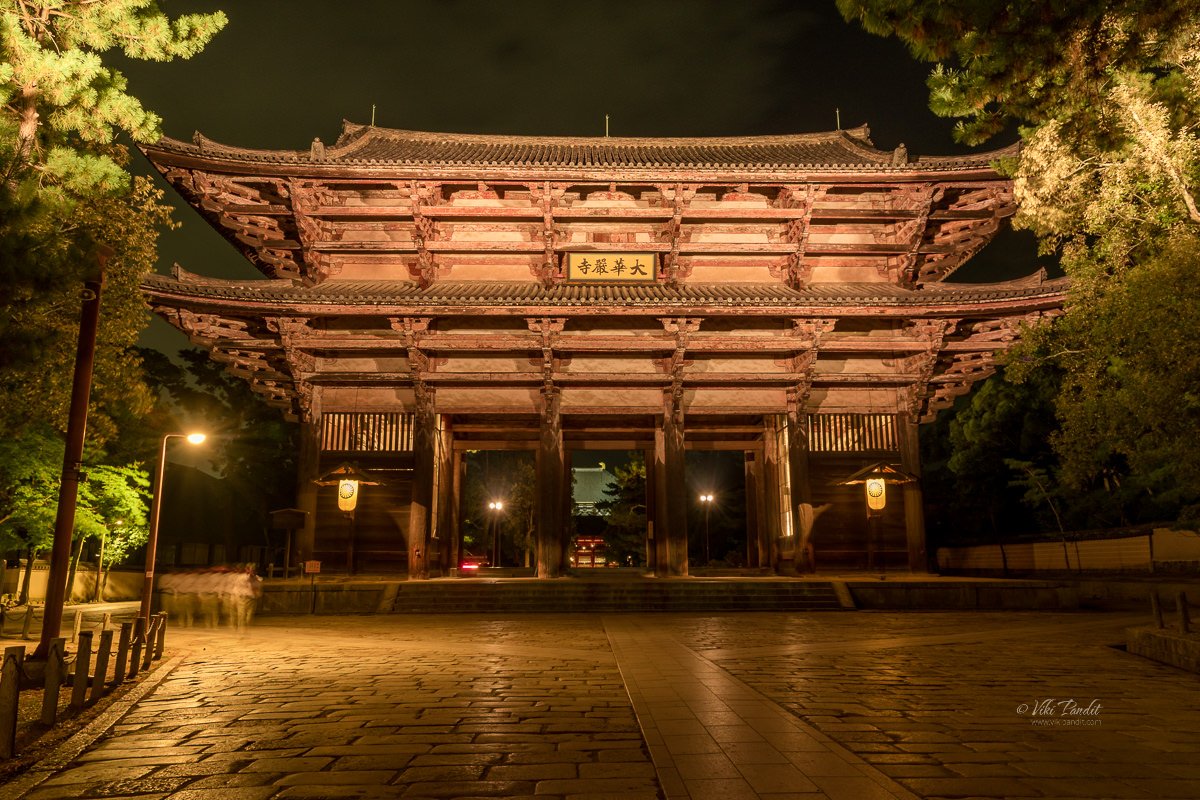


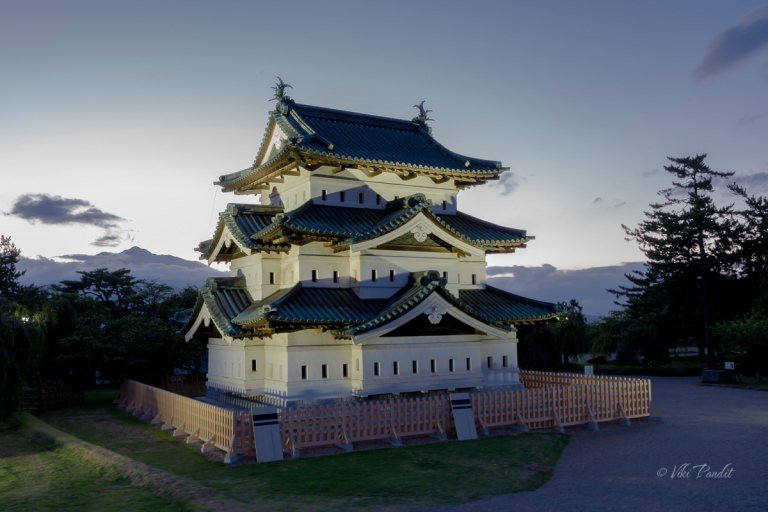
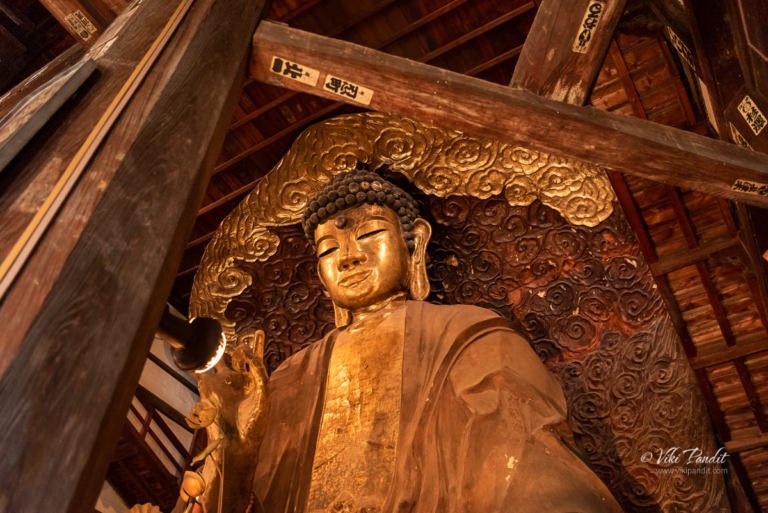
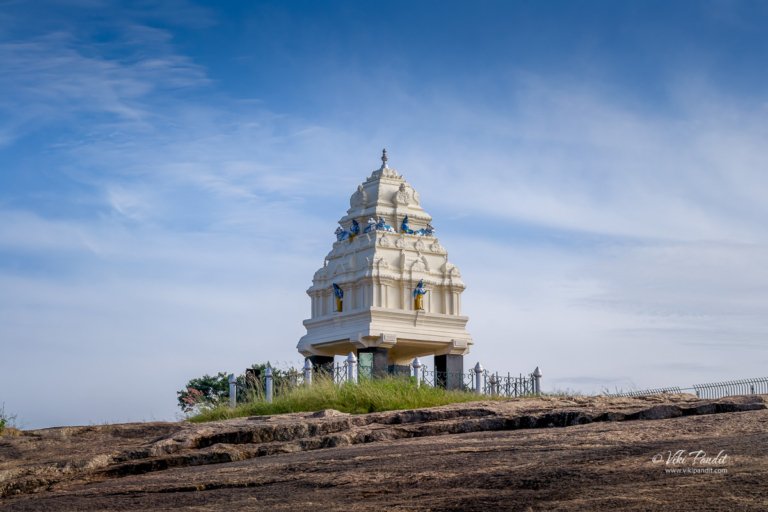
Very detailed. I have visited this temple but did not know this much. Thank you for your efforts
Thanks a lot Carmen, glad you liked it.
I had enjoyed my tour there two weeks ago. The weather was sunny and hot and humid but the beautiful temple and deers were such memorable experience! Bless Nara park and the deers for many years to come. May the world remained peaceful so all can continue to visit this wonderful place!
Thanks a lot Jane. Nara Park is truly a place to cherish.